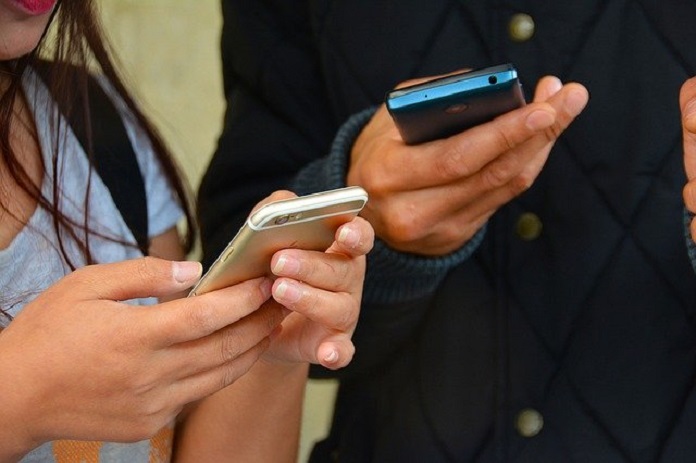A new study examines how American middle and high schools are limiting students’ phone usage and looks into the potential benefits of limiting screens at school.
As smartphones become more common, the number of children and teenagers using smartphones continues to increase. Smartphones can be beneficial for youths in some ways, as they can help them learn how to use the internet responsibly and be good digital citizens. They can also help children stay in touch with their parents and allow children to contact parents in emergency situations.
However, smartphones can potentially have negative effects on youths when their use is not regulated. Having access to a smartphone and social media can leave teenagers vulnerable to irresponsible internet use and cyberbullying. Moreover, they can distract youths from schoolwork, in-person social activities, and spending time outdoors. All of these factors can lead to other issues, including decreased academic performance, decreased physical activity, and negative effects on mental health.
Additionally, current evidence suggests that youths may be getting more screen time than the recommended daily two hours. According to a 2019 report by Common Sense Media, teenagers in the US get an average of 7 hours and 22 minutes of screen time each day, and this figure does not include screen time used for school work. This is significantly more than the recommended amount, and schools have the potential to implement policies to reduce the amount of screen time students get on a daily basis. A recent study published in JAMA Network Open investigated cell phone use policies in various middle and high schools.
The study looked at the cell phone policies of 210 different public middle and high schools across the United States. The principals of these schools were given online or telephone surveys to gather information on the policies used for limiting screens at school. It is important to note that 1,140 schools were contacted, while only 210 schools participated in the survey. This means the study had a relatively low response rate of 18.4% and thereby may not be completely representative of all US middle and high schools.
The study found that 97% of middle schools and 91% of high schools surveyed had a cell phone policy for students to follow. Moreover, over 90% of principals surveyed said they were in favour of restricting students’ cell phone usage, and 80% believed that using cell phones during school time could negatively affect academic performance. However, 33% of middle schools and 69% of high schools did not limit smartphone use during lunch and recess time. The researchers suggest that this could be a missed opportunity, as restricting phone use during school time could lead to students spending less time on their smartphones over the course of the day.
The results of this study suggest that not all schools have policies that limit cell phone use over the whole day. More research is needed to determine the cell phone policies of more US middle and high schools. Additionally, more research is needed to determine how to teach youths responsible smartphone use to help them in the long run.
Study researcher, Dr. Pooja Tandon from the Seattle Children’s Research Institute, gave some suggestions on how parents can effectively regulate their children’s smartphone use at home. She suggests keeping smartphones out of children’s rooms at night, implementing rules that prevent phone use during certain times, and potentially installing parental controls to prevent children from accessing unsafe media content.
Reference List:
Myers, R. (2019, July 23). The Pros and Cons of Giving a Mobile Phone to a Teenager. Retrieved May 19, 2020, from https://childdevelopmentinfo.com/parenting/pros-cons-giving-mobile-phone-teenager/#gs.6cnew9
Rideout, V., & Robb, M. B. (2019). The Common Sense Sensus: Media Use by Tweens and Teens. Retrieved from https://www.commonsensemedia.org/sites/default/files/uploads/research/2019-census-8-to-18-full-report-updated.pdf
Should schools go screen-free. (2020, May 18). Retrieved May 19, 2020, from https://www.eurekalert.org/pub_releases/2020-05/sc-ssg051520.php
Tandon, P. S., Zhou, C., & Hogan, C. M., et al (2020). Cell Phone Use Policies in US Middle and High Schools. JAMA Network Open, 3(5). doi: 10.1001/jamanetworkopen.2020.5183
Image by Dean Moriarty from Pixabay



